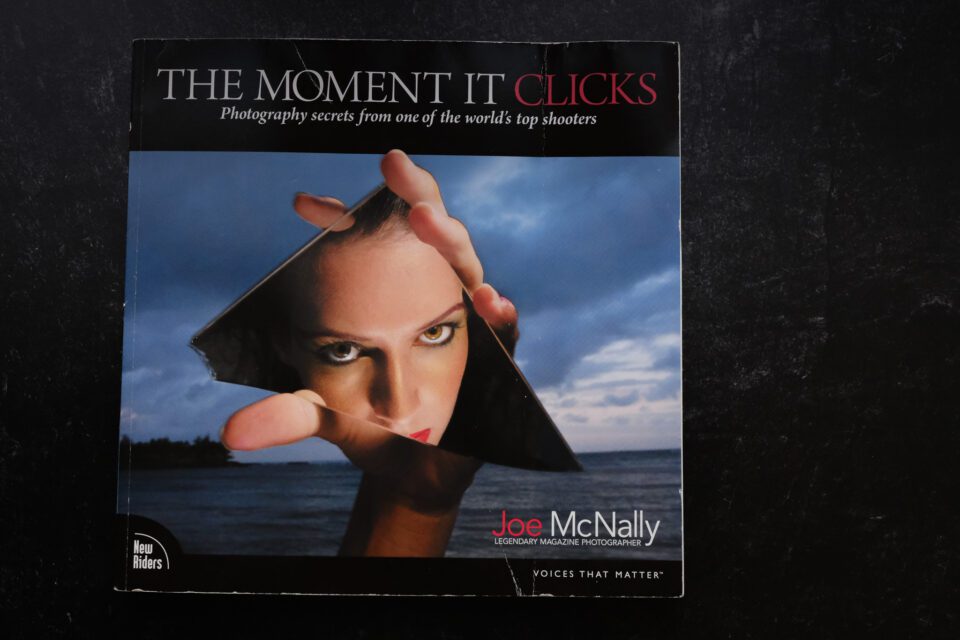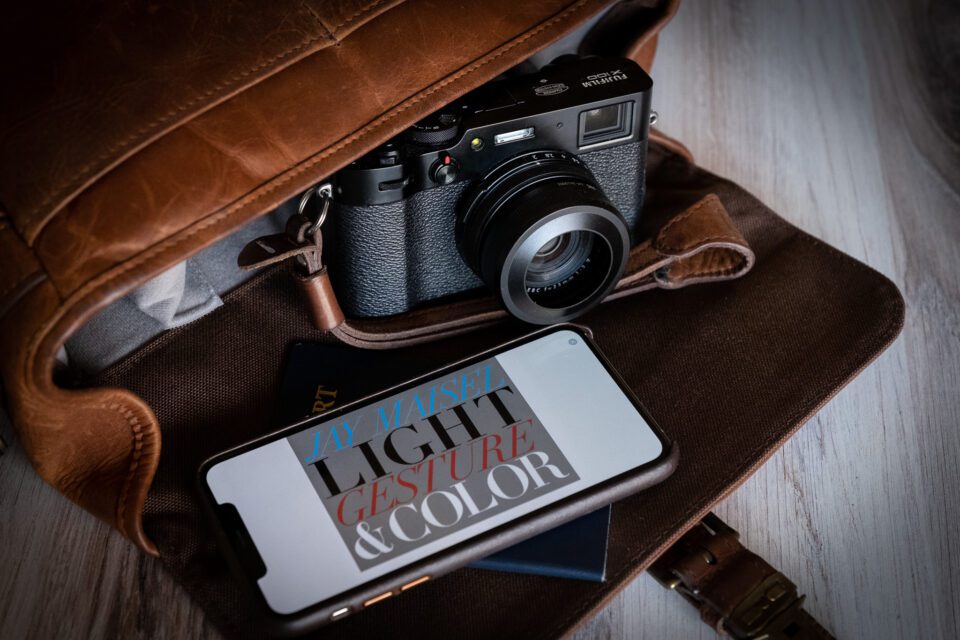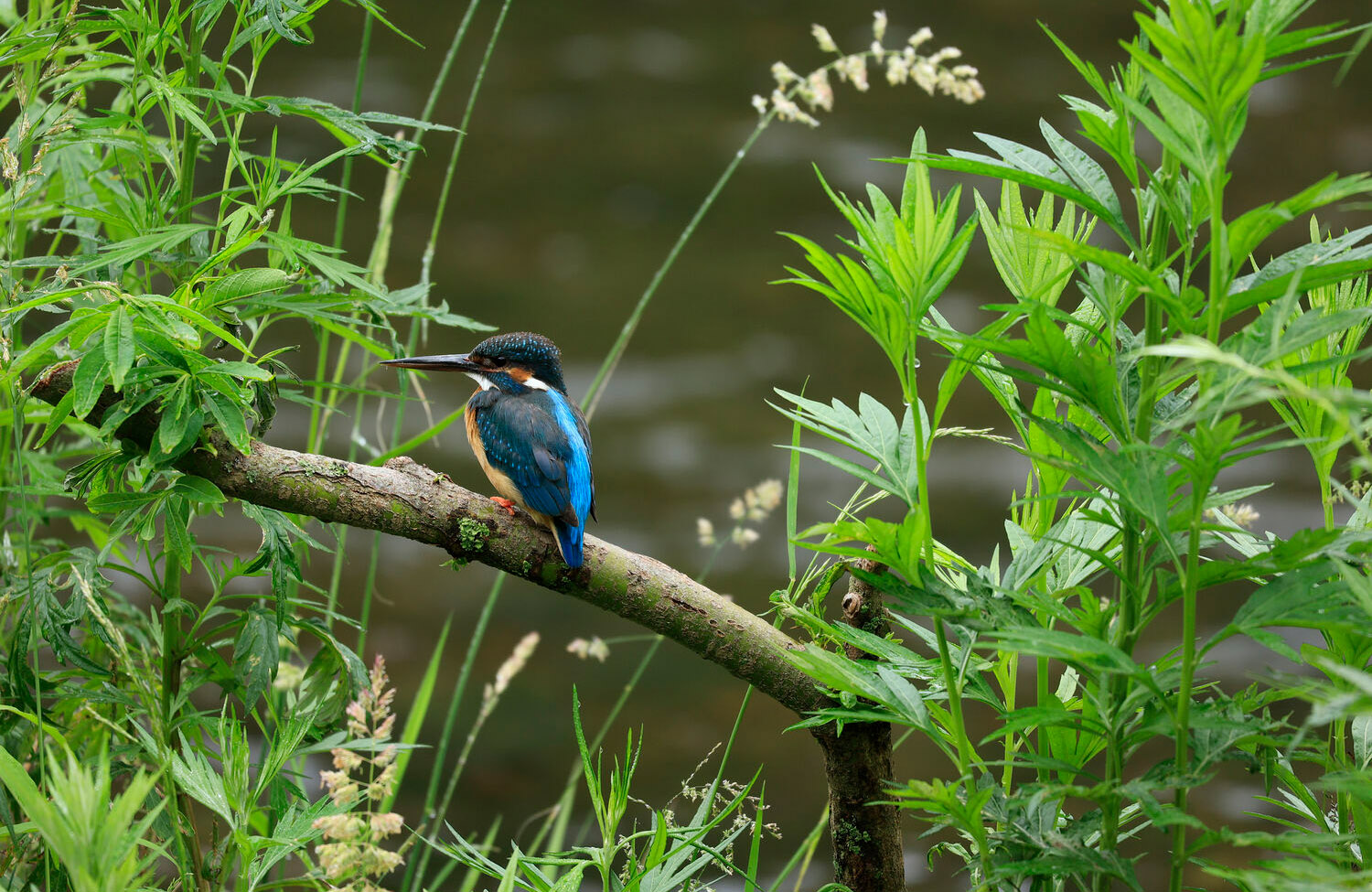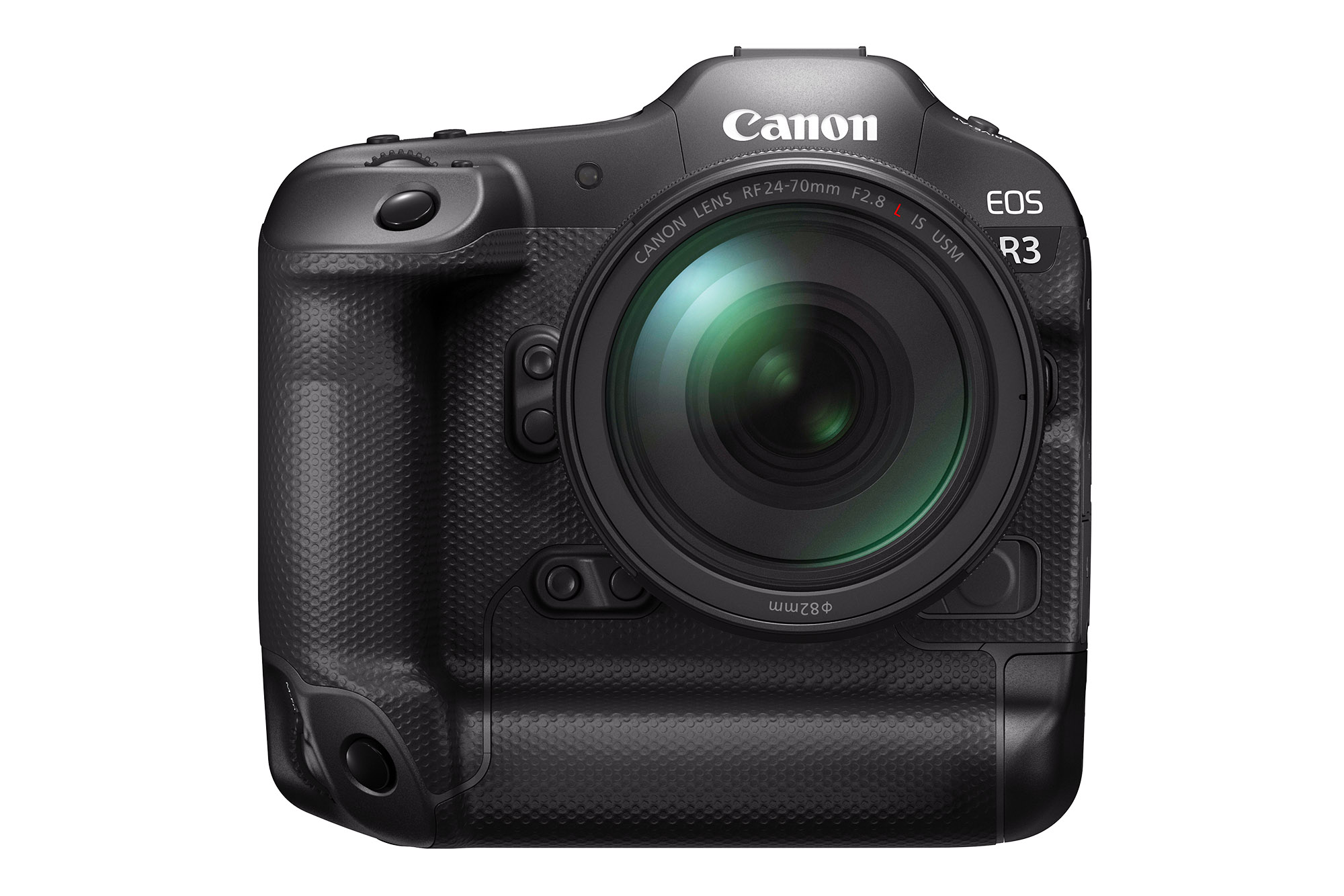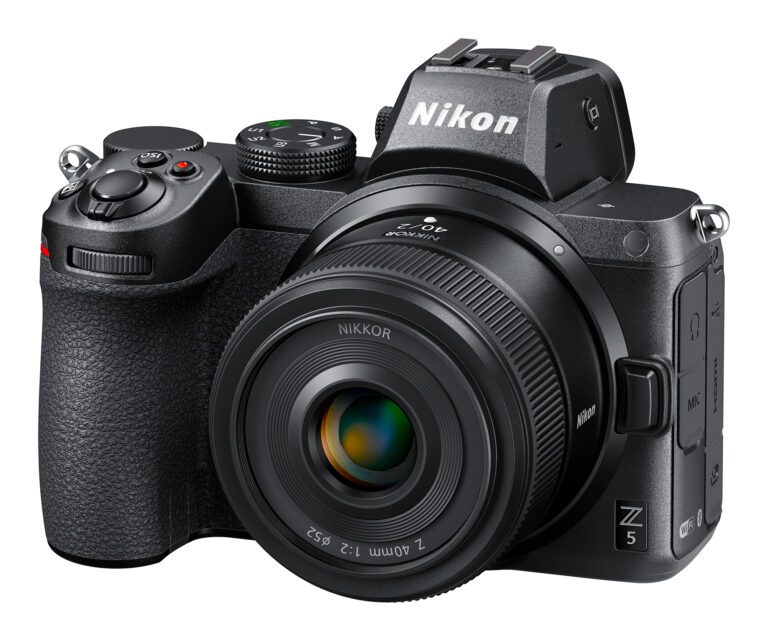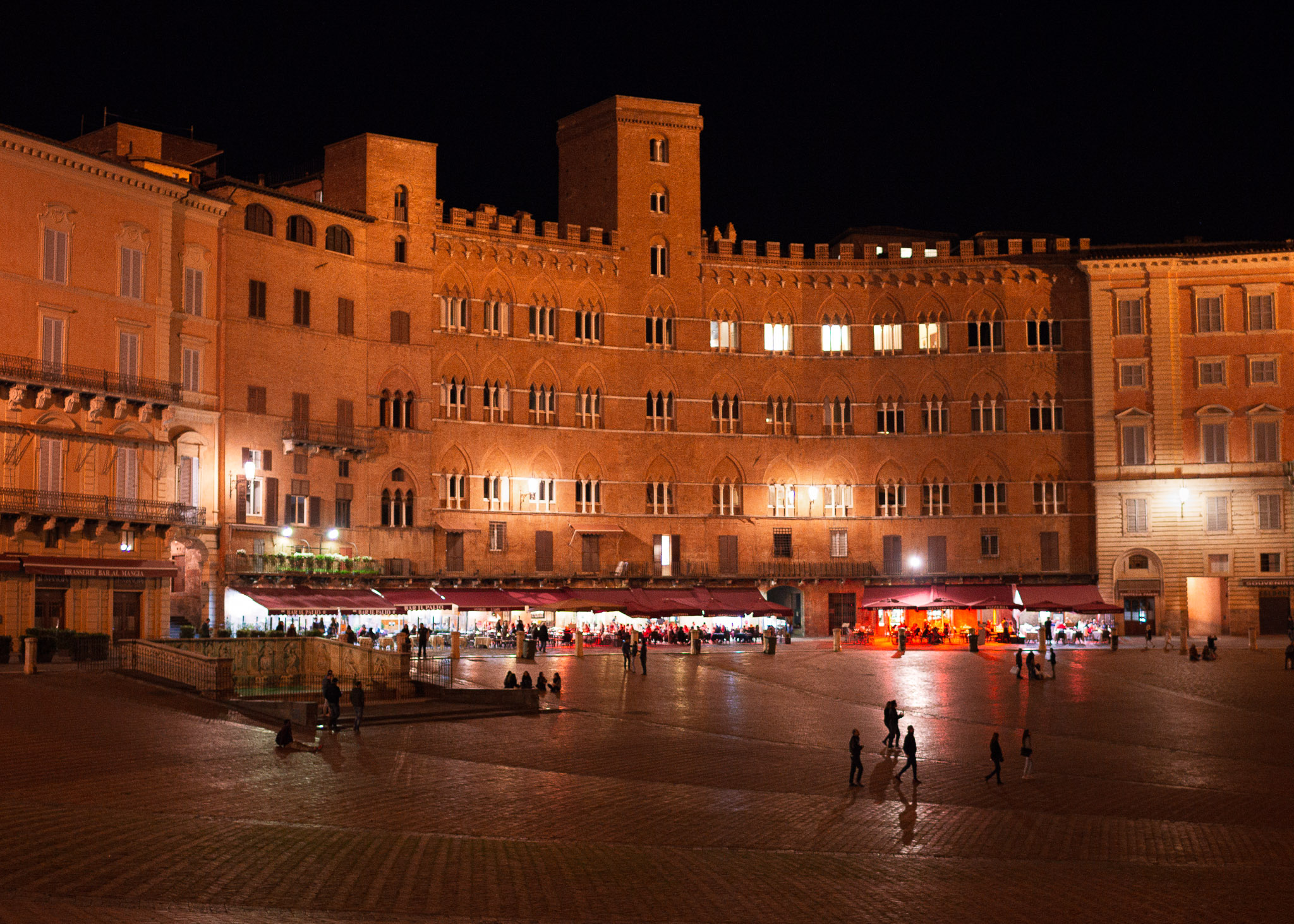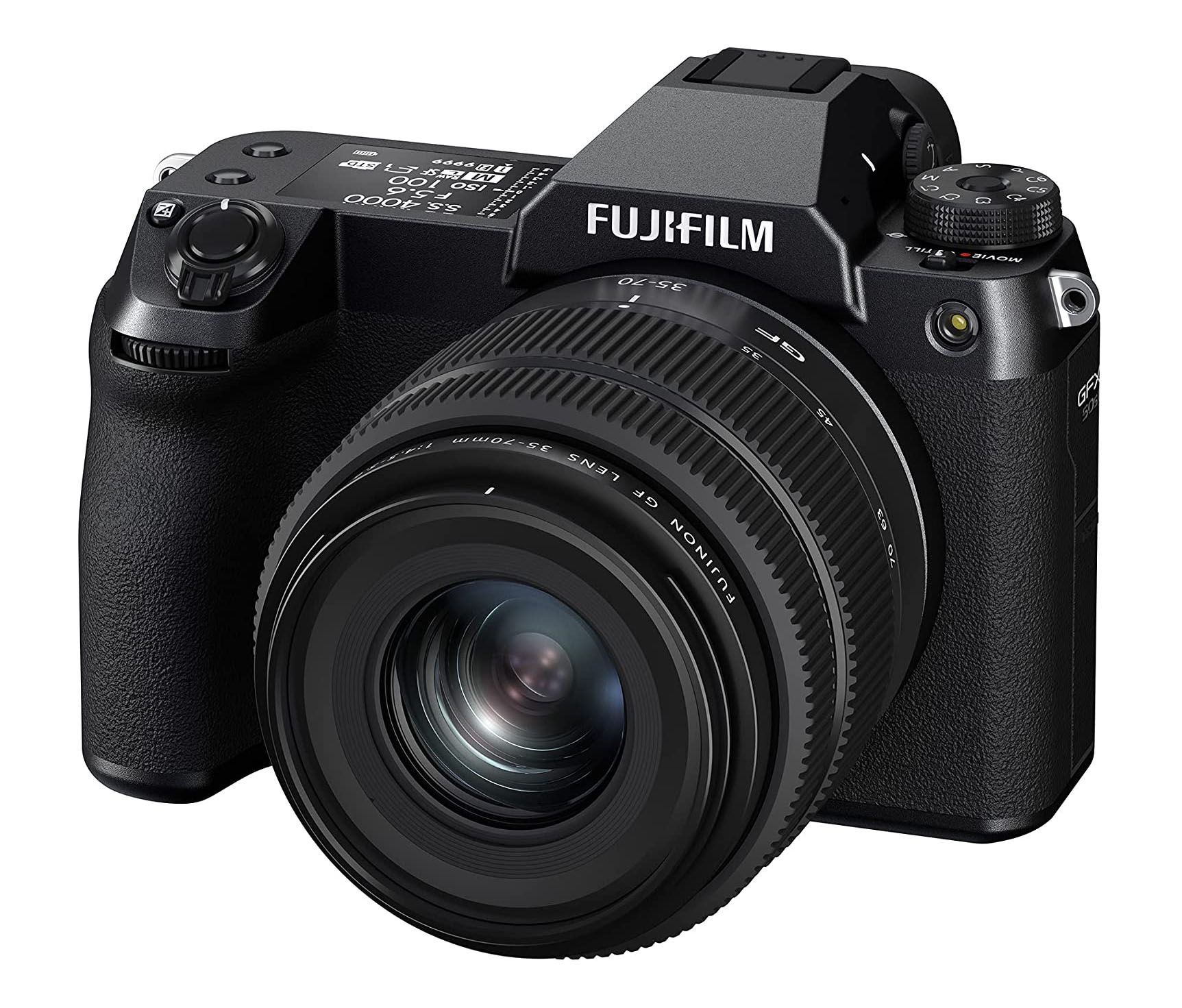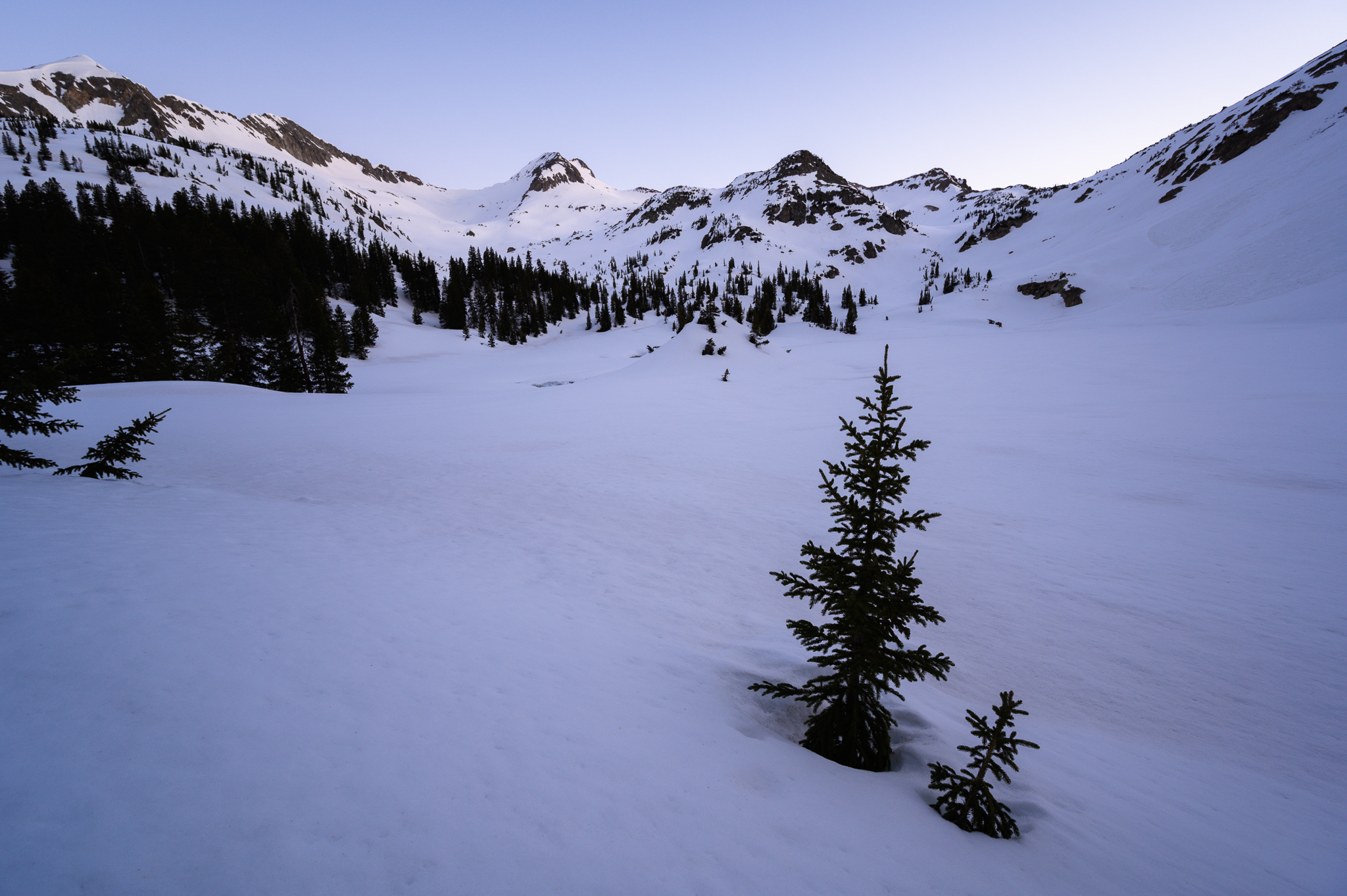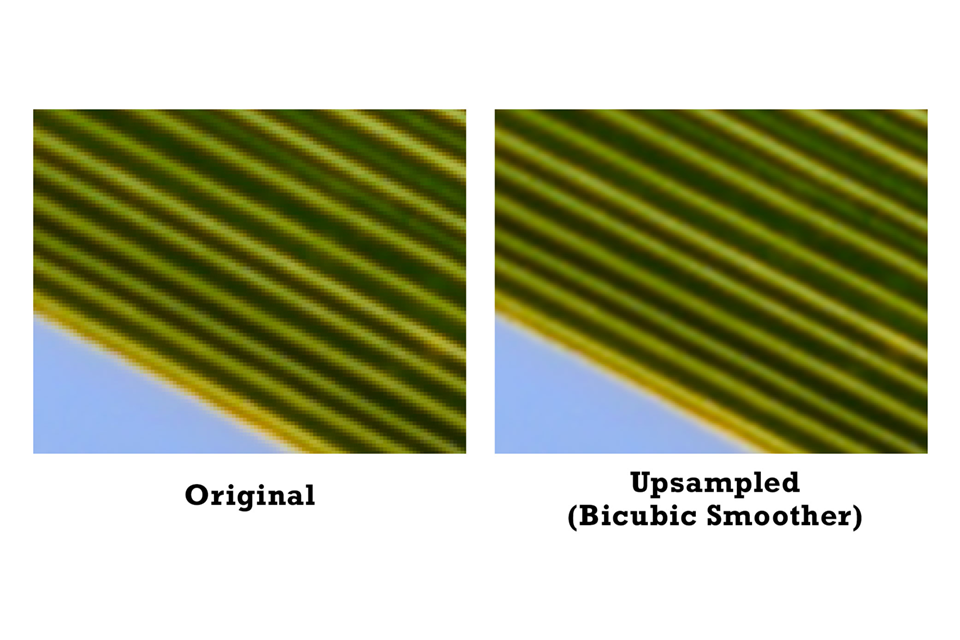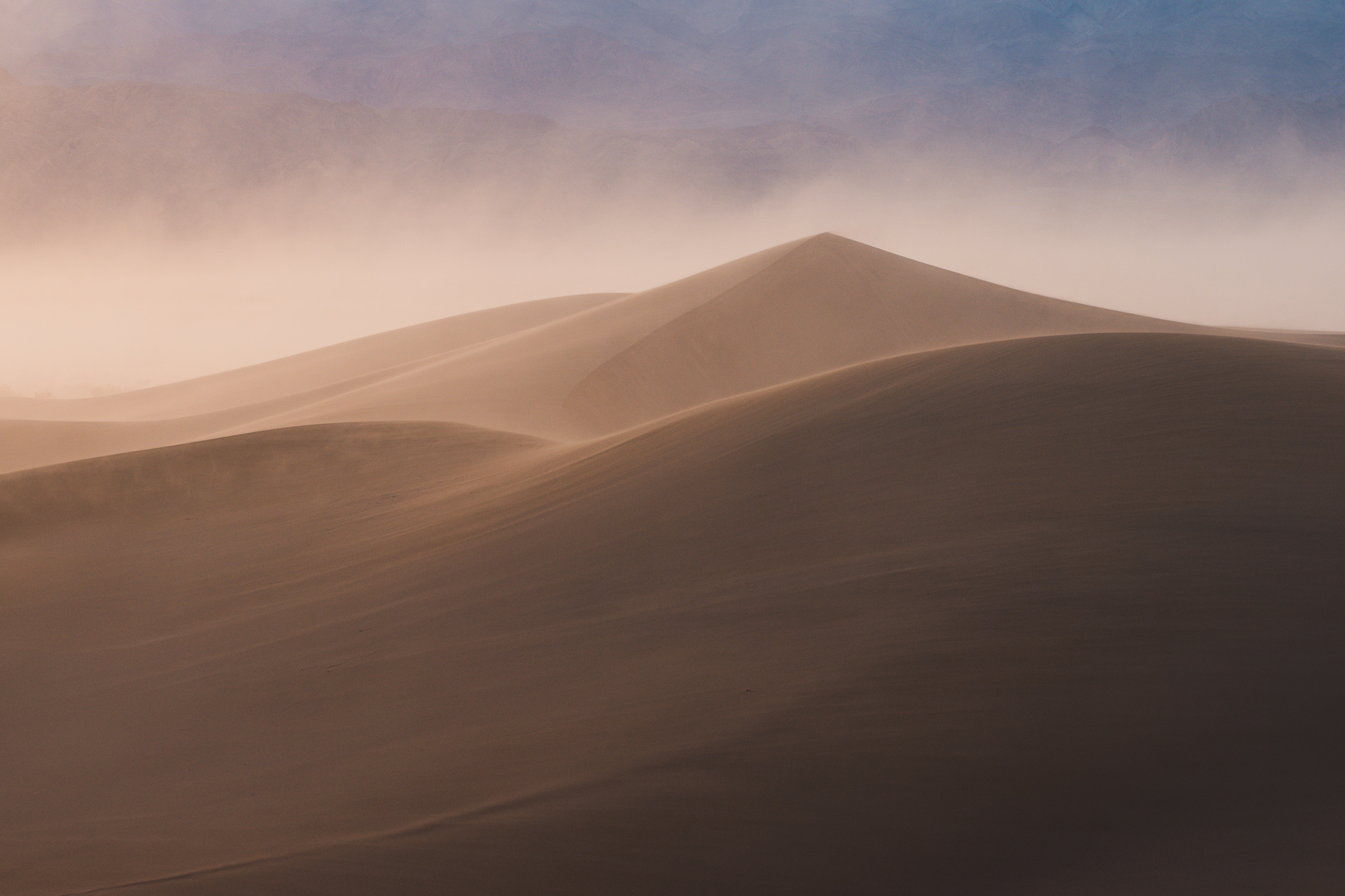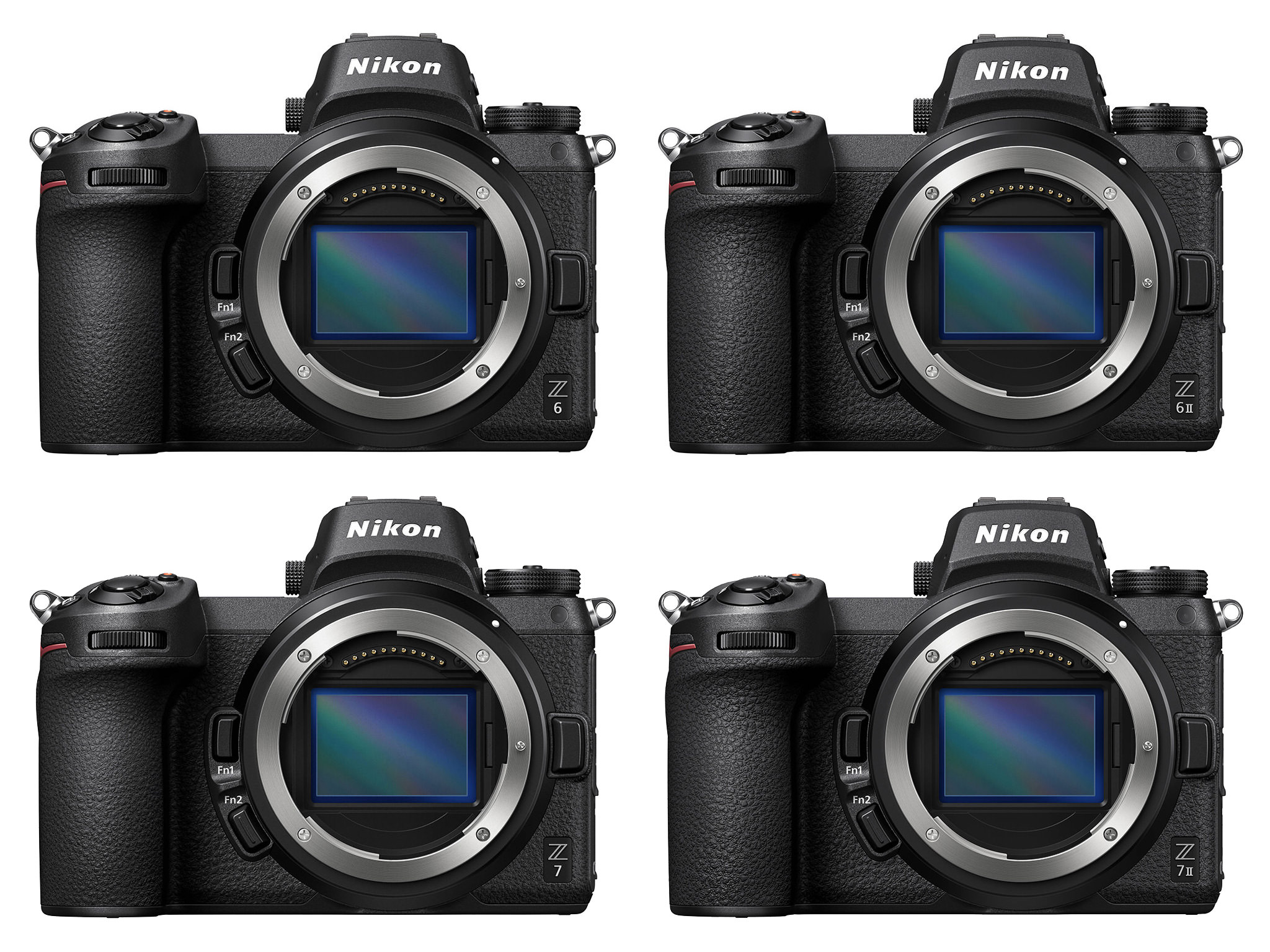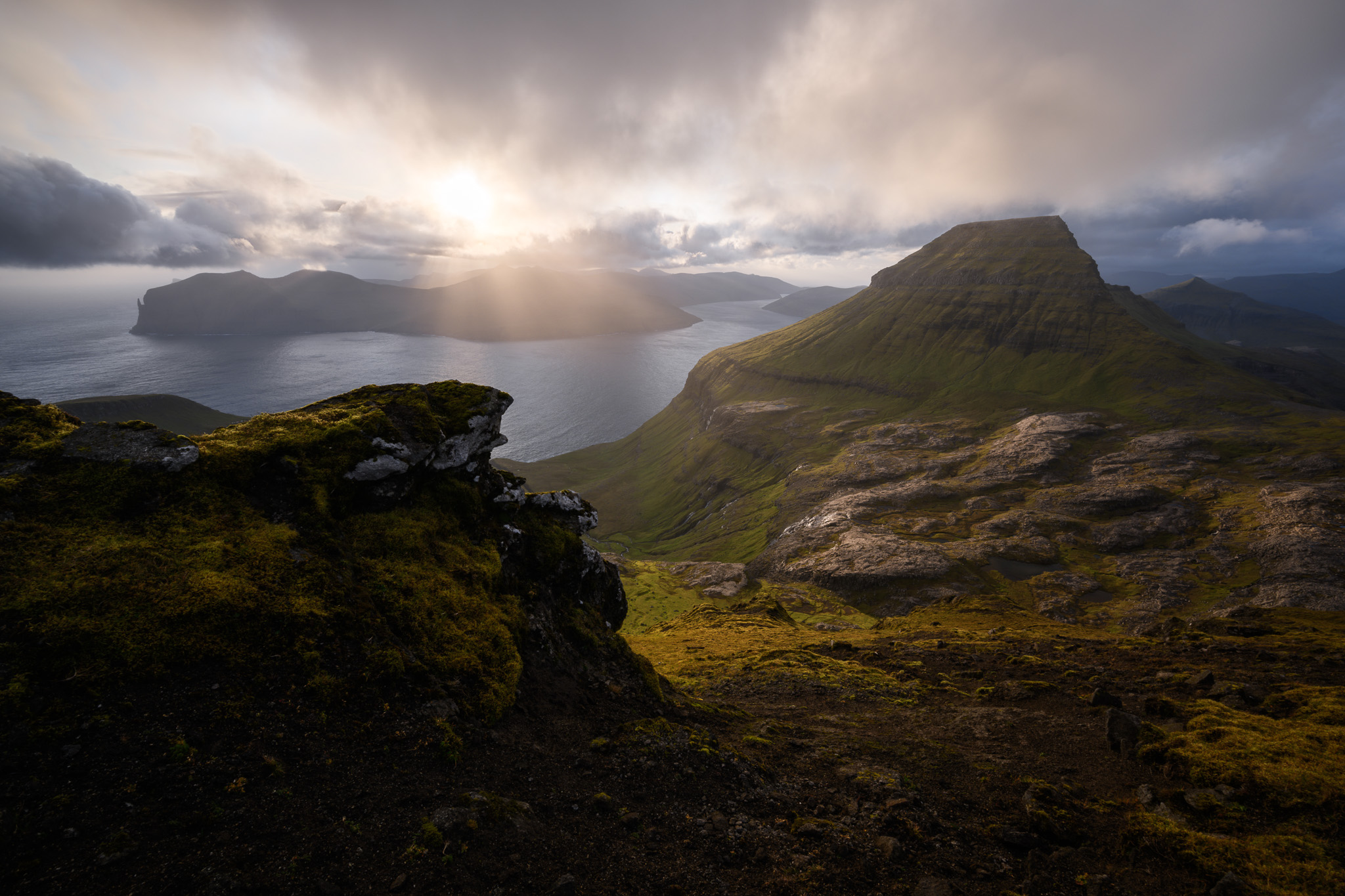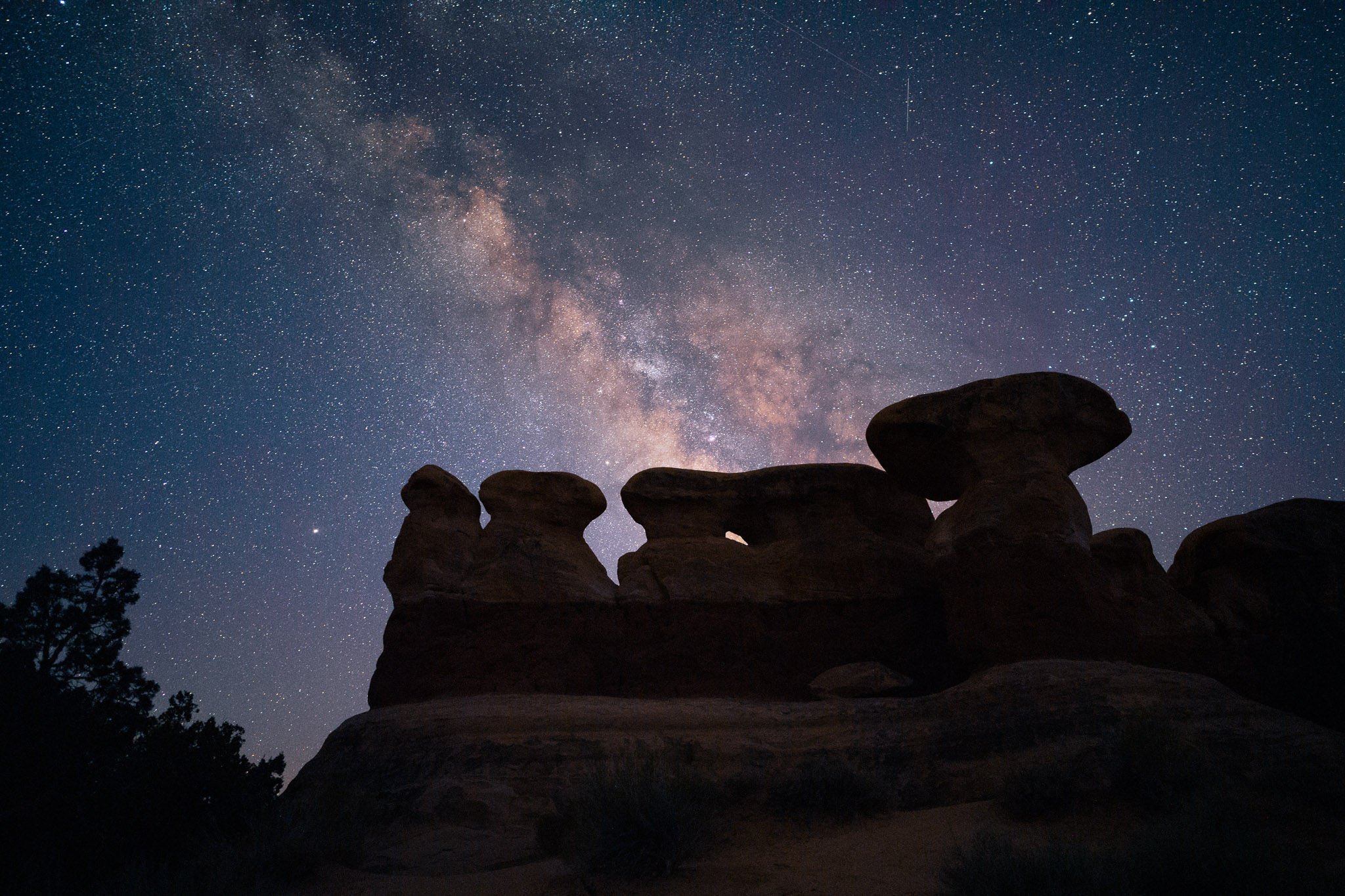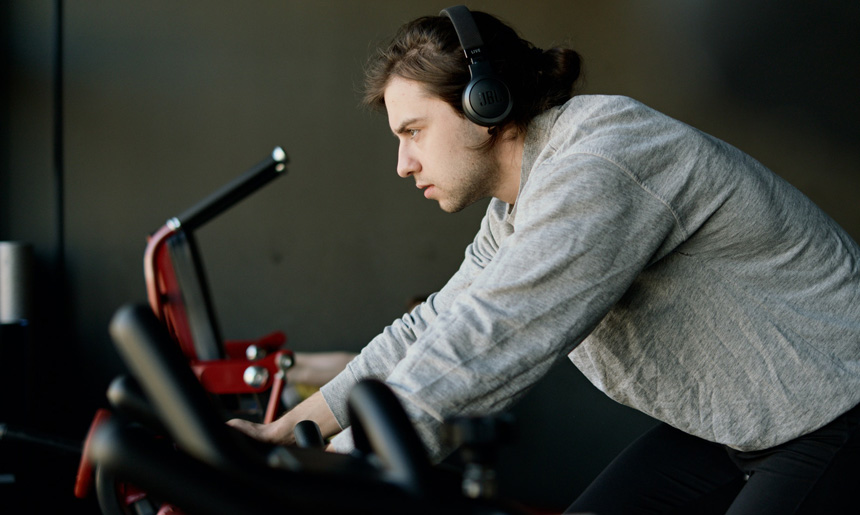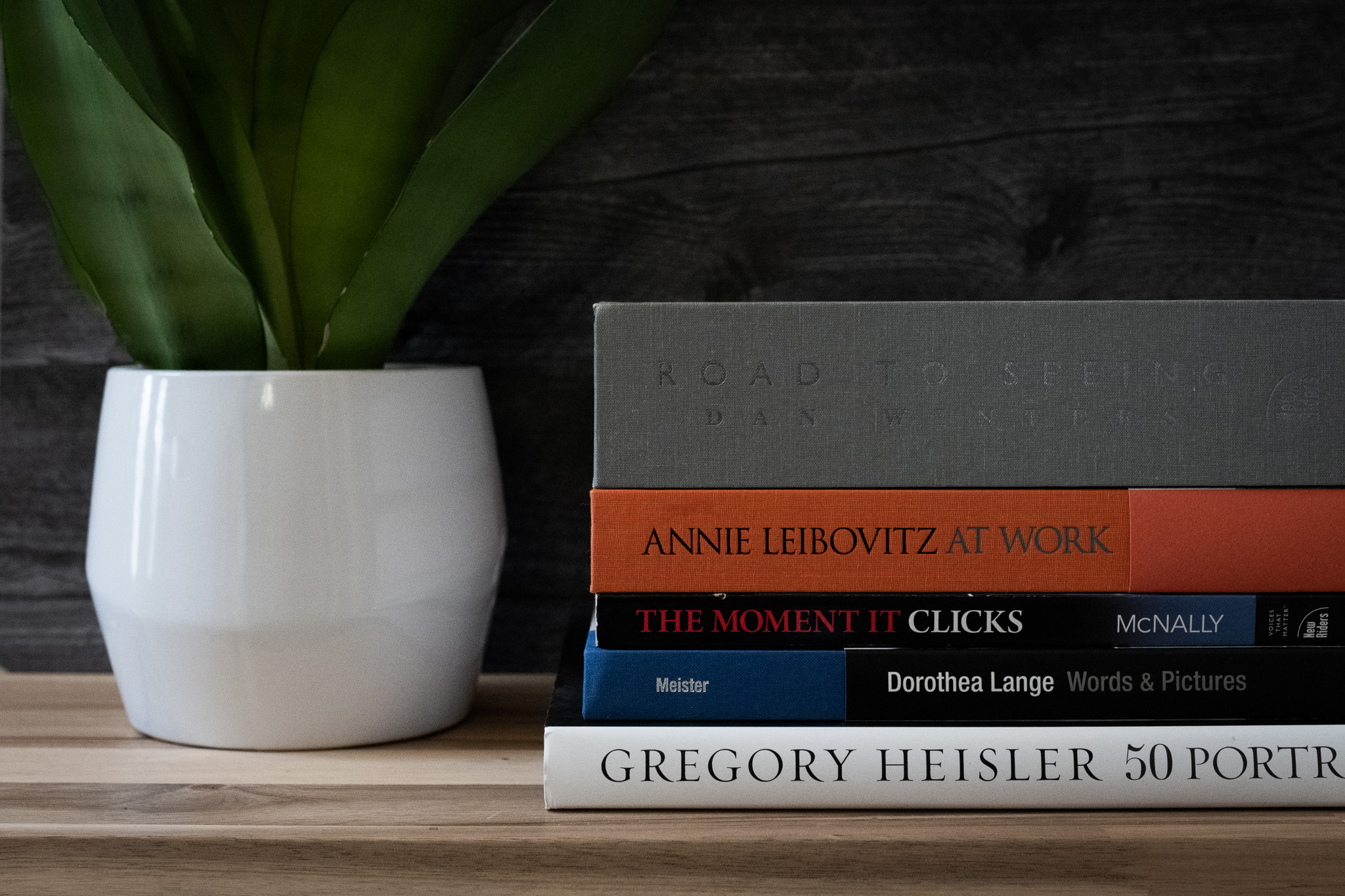
[ad_1]
A good photography book an enjoyable way to pass the afternoon, and it’s often the perfect antidote to a creative rut. Whether you’ve been photographing for years or you’re a beginner looking to take your work to the next level we’re going to take a look at the best photography books for everyone.
When I started this post, it was my intention to create a top 10 list. Something like “The 10 best books for photographers”. But honestly, I couldn’t narrow down the list to just those few. And the best books for portrait photographers are not the same as the best books for landscape and nature photographers. So instead of a top 10 list, this is the first post in what is going to become a master resource of the absolute best books for photographers.
Across the series, I’m going to be diving into the best books for beginners, and the best books for advanced photographers looking to take their work to the next level. I’m going to be looking at the best books about composition and the best books on nature photography, portrait photography, as well as books about lighting. If you enjoy memoir, then you will want to stick around for the best photography books about the lives of photographers, and we will conclude with the best photography books for kids so that you can pass your love of photography onto your children as well.
Most of the books on this list are not new. Some of them are more than a decade old. But every one of them is as relevant today as the day it was released. Because some of these have been out a while you may be able to find a used copy and save a few dollars. A good photography book is less expensive than almost any piece of gear and it can work wonders to get those creative juices flowing.
Please feel free to share your own favorite photography books in the comments! I would love to hear about the books that inspired you as a photographer, the books you keep coming back to, and the books that you find yourself recommending to friends.
Best Photography Books For Any Photographer
While many photography books are fairly specific in their audience, there are a few that make amazing reads for anyone interested in photography. These are the books that I recommend over and over again to photographers of all interests and experience levels. These are books that don’t fit neatly into a category but stand out on my shelf as the most relevant or inspiring books for photographers.
“The Moment it Clicks” by Joe McNally
In some photography books, a photographer shows us an image and then talks about what makes it work or why and how they took that image. But The Moment it Clicks comes across as though Joe McNally chose the advice and wisdom he wanted to share and then effortlessly chose an image from his vast portfolio to illustrate the point.
While I don’t actually know the process through which he wrote the book, I do know that his wisdom and the vast array of information he wants to share with the reader are clearly front and center.
McNally, who photographed for Life magazine and National Geographic among countless other publications is a literal master of light and he has written other, more technical volumes that I will include in other reviews. But this book might be my favorite of his. It feels personal. He poured countless years of accumulated wisdom into a single volume, seamlessly mixing the technical with the anecdotal.
Tidbits of wisdom include quotes such as:
Nice is nice, but it stops short of being fabulous.
A good idea becomes a bad idea when you don’t see anything else.
If you want something to look interesting don’t light all of it.
and
Light falls, just make sure it falls in your favor.
Each pithy quote is illustrated with one of Joe’s amazing photographs as well as an accompanying behind-the-scenes story and technical information on “how to get this type of shot”.
This book should be required reading for anyone working in or hoping to pursue a career in commercial or editorial work, but you will be hard-pressed to find a photographer that won’t find this book binge-worthy. If you do binge on it though, enjoying the entertainment and drama that comes with the life of a commercial photographer, you’ll want to go back and re-read it slowly, with a highlighter or a notebook on hand.
“Light, Gesture, Color & It’s Not About the F-Stop” by Jay Maisel
If you don’t already know the work of Jay Maisel then these books, Light Gesture, Color and It’s Not About the F-Stop will be a surprise treasure. Jay’s career spans more than half a century, and he has photographed just about everyone and everything there is to photograph during that time. But these books focus less on his commercial work and more on his personal love of photographing “Light, Gesture, and Color”.
These 3 elements, according to Jay make up the essence of every good photograph and his books describe his relentless pursuit of light, gesture, and color in a classic, conversational manner. Every photographer will glean from Jay’s wisdom in these two books, but these should be considered essential for anyone with an interest in street photography. Many of his photographs are of objects so ordinary (bus wheels, power lines) that most people would have overlooked them but Jay’s search for Light, Color, and Gesture transform the ordinary into the extraordinary.
The images alone are worth the price of the book, but the real brilliance is the ease and generosity with which he pours out his wisdom and knowledge of the craft. Jay’s tone is casual, almost conversational as he shares his thoughts and the stories behind each image. These books are less technical than Joe McNally’s and while they are chock full of wisdom, it’s shared in such a casual off-hand way that I’m positive they barely scratch the surface of Jay’s years of cumulative knowledge. These are the books I come back to when I am in need of inspiration and motivation. I once heard an interview with Jay where he described the process of hitting the streets daily with a camera as doing “visual pushups” and exercising those creative muscles. That approach changed the way I think of photography. Instead of picking up my camera only when there is something important to photograph, only when I’m sure that I can get that “trophy” shot, Jay Maisel’s work is a reminder that photographs are everywhere if only we look for them. I’m confident that any photographer who reads these books is going to be inspired to pick up their camera and take it to the streets in search of Light, Gesture, and Color.
“A World History of Photography” by Naomi Rosenblum
When I was in college, I was fastidious about reselling my textbooks at the end of each semester to pay for film. A World History of Photography by Naomi Rosenblum was the one exception. Despite the fact that it commanded a relatively high price on the used book market, it’s the one textbook I kept and I still have it on my shelf today. While I’m sure there are other books I should have kept, I’m thankful I had the foresight to realize that this book was well worth the shelf space.
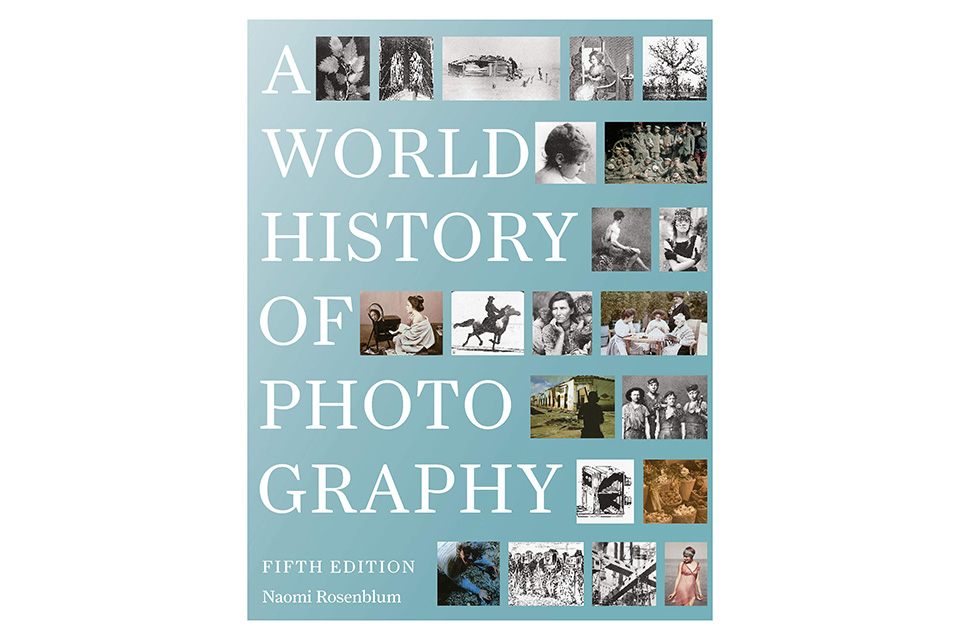
Years later I can still confidently say that this book belongs in the library of every photographer. It’s a massive volume and the most comprehensive history of photography I have seen to date. It is also a very image-heavy volume, with hundreds of images spanning almost two-centuries of photographic history.
I appreciate the fact that it focuses on the people and historical context of photography as well as the technology. Admittedly my third-edition is essentially pre-digital but the book has been updated in the two editions since then to cover the advent of digital image-making.
While the book is a chronological history of photography, it also delves deeply into the uses and types of photography during each time period. For example, there are 4 chapters on photography between 1839 and 1890, each one focusing on a different aspect of photography (portraits, landscape and architecture, objects and events, and art). Throughout the book there are also profiles of photographers, which serve not as side boxes or antidotal information but as a part of the text, giving specificity and context to each time period. And because this is a world history each section also compares what was happening around the world within each time period and genre of photography.
The book is well laid out, and if reading more than 600 pages on the history of photography is more than you want to tackle right now, it will be easy enough to pick out the chapters that are of most interest to you. And while the book is text-heavy, the images are still plentiful and it would be worthwhile to spend an afternoon looking through the images of your favorite subjects (portraits, landscapes, etc.) from beginning to end just to trace the stylistic and technical changes over the centuries.
Best Beginner-Friendly Books and Resources
If you are just getting into photography, you might be wondering what books are the best for beginners. This list is going to be a bit tough to compile and recommend for a number of reasons. First, many beginner-level books have a lot of technical information on things like camera technology, gear recommendations, and typical camera settings that change all the time with newer technology. As a result, many beginner-level books end up getting re-published with newer editions in order to incorporate these changes. For example, some older books had chapters like “Film vs Digital”, or chapters that explain in detail how DSLR cameras and their autofocus systems work, which could be considered outdated by today’s standards. With ever-changing technology and the rise of newer cameras and tools, such books have to be constantly kept up-to-date in order to continue to stay relevant.
Second, there are plenty of great resources available online that cover everything a beginner photographer needs to know, and beyond. For example, take a look at our own Photography Basics – The Complete Beginner’s Guide that includes 15 chapters of detailed, beginner-friendly material that covers everything you need to know from photographic history and exposure variables to more specific topics on how to take sharp images.
In addition to the above, there is a whole repository of beginner photography articles that cover so many more topics and genres. Take a look at the following list of detailed articles:
In addition to these, the PL team has published two complete video courses for beginners that cover photography basics, and post-processing basics. These courses cover everything a beginner needs to know, and beyond.
Lastly, don’t forget about the rich repository of other material available online from other photography websites, universities, as well as video resources like YouTube.
Thus, if you are in search of beginner-level material, you don’t need to buy any books – you have plenty of free material to get started.
[ad_2]
Source link


